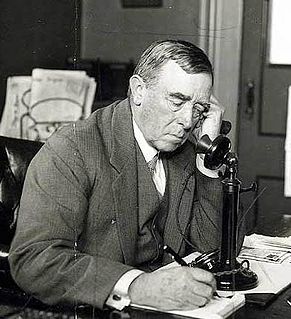 W
WSir Stanley Seymour Argyle KBE, Australian politician, was the 32nd Premier of Victoria.
 W
WReginald Henshall Brindley Bettington was an Australian first-class cricketer and medical specialist.
 W
WMajor General Sir Samuel Roy Burston, was an Australian soldier, physician, and horse racing identity.
 W
WDonald Alastair Cameron OBE was an Australian politician. He was a member of the Liberal Party and served in federal parliament from 1946 to 1961, representing the Division of Oxley in Queensland. He was a doctor by profession and held ministerial office as Minister for Health in the Menzies Government from 1956 to 1961. After losing his seat he served a term as High Commissioner to New Zealand (1962–1965).
 W
WSurgeon Rear Admiral William James Carr, was an Australian naval officer and physician, who served as the Royal Australian Navy's Director of Naval Medical Services from 1932 to 1946.
 W
WPhoebe Chapple was a South Australian doctor, decorated for her heroic service at the front during World War I.
 W
WLilian Violet Cooper was a British-born medical practitioner in Queensland, Australia. She was the first female doctor registered in Queensland.
 W
WColonel David Gifford Croll, CBE, was an eminent doctor from Queensland, Australia who served during World War I and World War II. He is remembered for his outstanding service in Gallipoli and the Middle East during World War I.
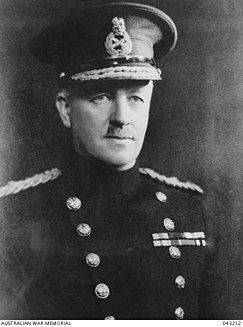 W
WMajor General Rupert Major Downes, was an Australian soldier, general, surgeon and historian in the first half of the 20th century. Downes attended the University of Melbourne, graduating with his medical degrees in 1907. He returned to the university to pursue a Doctor of Medicine degree, which was awarded in 1911.
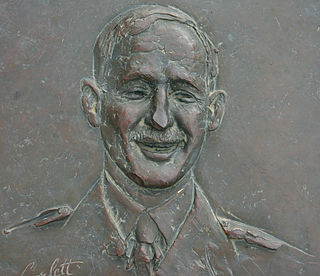 W
WColonel Sir Ernest Edward "Weary" Dunlop, was an Australian surgeon who was renowned for his leadership while being held prisoner by the Japanese during World War II.
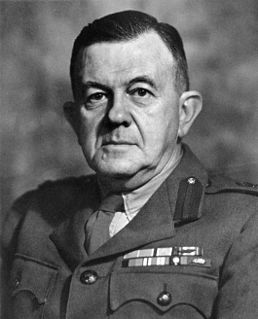 W
WBrigadier Sir Neil Hamilton Fairley, was an Australian physician, medical scientist, and army officer who was instrumental in saving thousands of Allied lives from malaria and other diseases.
 W
WLaura Elizabeth Forster (1858–1917) was an Australian medical doctor, surgeon and nurse noted for her service in France, Belgium, Turkey and Russia during World War I.
 W
WSir Norman McAlister Gregg, was an Australian ophthalmologist, who discovered that rubella suffered by a pregnant woman could cause birth defects in her child.
 W
WMajor General William Brian "Digger" James was an Australian soldier and military physician who served in the Australian Army during the Korean War and the Vietnam War.
 W
WMabel Josephine (Jo) Mackerras was an Australian zoologist, entomologist and parasitologist. Her research and life’s work contributed to entomology, veterinary medicine and medical science. Throughout her life she held a wide range of positions and duties that included Army medical officer, entomologist, medical scientist, and parasitologist. Mackerras was a major during WWII and served in the Army Malaria Research Unit. In an application for King’s Birthday Honours her work earned the citation,: "few women can have made a greater contribution to the Allied war effort".
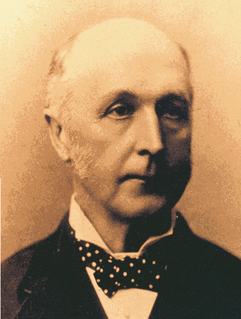 W
WFrederick Norton Manning, was a medical practitioner, military surgeon, Inspector General of the Insane for the Colony of New South Wales, and was an Australian Lunatic Asylum Superintendent. He was a leading figure in the establishment of a number of lunatic asylums in the colonies of New South Wales and Victoria, and participated in inquests and reviews of asylums throughout the colonies.
 W
WAlexander Hammett Marks, was an Australian physician and military officer. Serving during the First World War, Marks was mentioned twice in despatches, and awarded the Distinguished Service Order, the Croix de Guerre, and made a Commander of the Order of the British Empire for his service.
 W
WGeorge Frederick McWilliams was an Australian doctor, military surgeon, and politician. He served as a member of the Legislative Assembly of Western Australia from 1901 to 1904, representing the seat of North Perth.
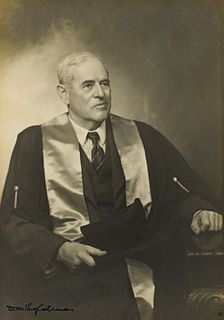 W
WProfessor Errol Solomon Meyers was a prominent Brisbane doctor and one of the founding fathers of the University of Queensland School of Medicine in Brisbane, Queensland, Australia. He was a leader in medical and dental education in Queensland. Meyers also served with distinction during World War I.
 W
WMajor General Sir Frank Kingsley Norris, was an Australian military officer and physician. Norris served in both the First World War and Second World War.
 W
WLewis Windermere Nott was an Australian politician, medical practitioner and hospital superintendent. He represented two federal electorates, more than 1,000 kilometres (620 mi) and 21 years apart.
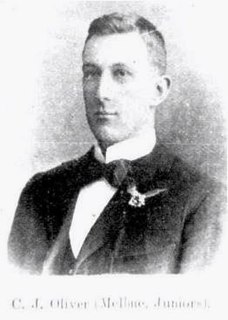 W
WCharles Joseph Oliver was an Australian rules footballer who played with Carlton in the Victorian Football League (VFL). A medical practitioner, he enlisted in the First AIF, and died while in service.
 W
WSir Earle Christmas Grafton Page, was an Australian surgeon and politician who served as the 11th Prime Minister of Australia, holding office for 19 days after the death of Joseph Lyons in 1939. He was the leader of the Country Party from 1921 to 1939, and was the most influential figure in its early years.
 W
WRichard Sanders Rogers was a distinguished Australian medical doctor, and world authority on Australasian orchids. He described over 80 Australian orchid species, three from New Zealand and 30 from New Guinea as well as three new genera including one from New Zealand. He was a consulting physician at the Adelaide Hospital and a member of its board. He may have been the first to practise hypnotism during surgery, allowing him to remove a cyst from a woman's breast without anaesthetics "while she was still awake and talking to assistants and witnesses standing nearby."
 W
WReginald John David "Spot" Turnbull was an Australian politician.
 W
WArthur "Jack" Verge was a rugby union player who represented Australia, New South Wales and Sydney University. Playing as a fullback, Verge won both his caps for Australia in 1904 against a touring team from the British Isles. Although he was relatively light for his position, he was repeatedly praised for his tackling and all-round defensive work, and in attack, he was a fast and deceptive runner. His kicking, on the other hand, was inconsistent.
 W
WBertram Barney Wainer was an Australian doctor who successfully campaigned for legal access to abortion for women in the state of Victoria. In the process he received multiple death threats from Victoria Police and survived at least three attempts on his life, including shootings and arson. He was also to uncover political and police corruption.
 W
WMaldwyn Leslie Williams, known as "Mal" as a VFL footballer, mostly known as "Les" — and sometimes as "Billy" — was an Australian rules footballer who played with University in the Victorian Football League. A graduate (M.B.B.S.) of Melbourne University, Lieutenant-Colonel Williams, serving as a medical officer in the First AIF, died as a result of wounds received in action, in France.